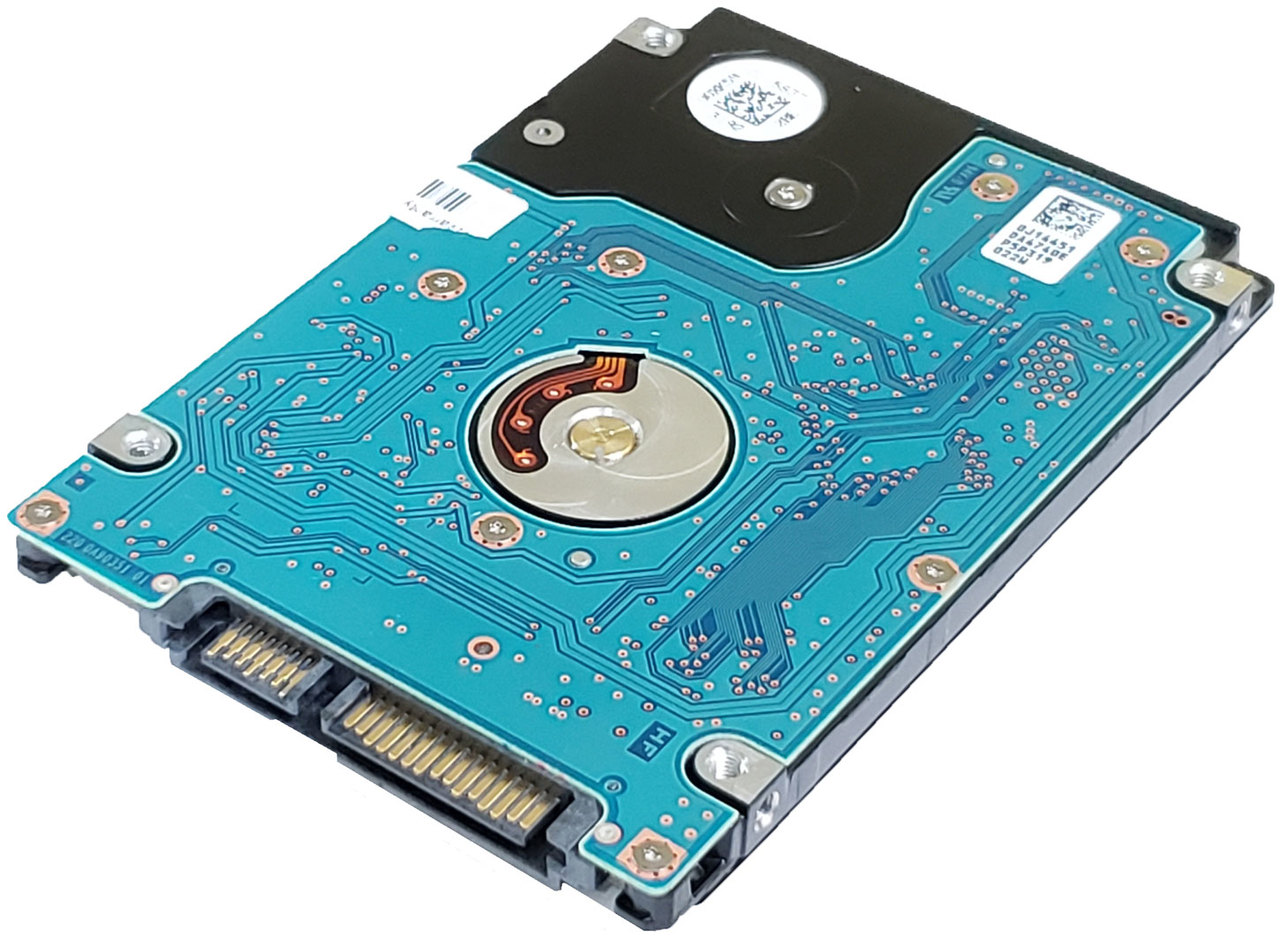In the world of computer hardware, storage solutions have evolved significantly over the years. One such advancement is the Serial ATA (SATA) drive, a standard for connecting storage devices to computers. SATA drives have become the go-to choice for data storage, offering improved performance, higher capacity, and enhanced reliability. In this comprehensive guide, we delve into what SATA drives are, how they work, and the benefits they bring to the world of computing.
Understanding SATA Drives
SATA, short for Serial ATA, is a technology designed for connecting storage devices to a computer’s motherboard. It replaced the older Parallel ATA (PATA) technology, commonly known as IDE, which had limitations in terms of data transfer rates and cable lengths. SATA drives utilize a serial communication protocol, which enables faster data transmission and more efficient use of cables.
How SATA Drives Work
SATA drives use a simple and efficient design that allows for easy installation and operation. They connect to the motherboard through SATA ports using thin, flexible cables. These cables are less bulky compared to the wide, ribbon-like cables used in PATA drives, making them more space-efficient inside a computer case.
The SATA protocol operates by sending and receiving data in serial fashion, meaning it transmits data one bit at a time. This differs from the parallel transmission used in PATA drives, where multiple data bits are sent simultaneously. Serial transmission allows for higher data transfer rates and greater cable length without experiencing signal degradation.
SATA Versions and Speeds
Over the years, SATA technology has gone through several iterations, with each version offering increased data transfer speeds. The most common SATA versions are SATA I (1.5Gbps), SATA II (3Gbps), SATA III (6Gbps), and SATA III (12Gbps). SATA III is the most widely used version in modern computers and offers a maximum data transfer rate of 6Gbps.
Types of SATA Drives
SATA drives come in various forms, each designed for specific use cases:
- SATA Hard Disk Drives (HDDs): SATA HDDs are traditional mechanical drives that use rotating platters to store data. They are cost-effective and provide ample storage capacity for everyday computing needs.
- SATA Solid State Drives (SSDs): SATA SSDs are a faster and more efficient alternative to HDDs. They use flash memory to store data, resulting in significantly faster read and write speeds, improved reliability, and lower power consumption.
- SATA Optical Drives: While less common in modern computers, SATA optical drives are used for reading and writing optical discs, such as CDs, DVDs, and Blu-ray discs.
Benefits of SATA Drives
SATA drives offer several benefits that have contributed to their widespread adoption:
- Improved Data Transfer Speeds: With SATA III offering data transfer rates of up to 6Gbps, SATA drives allow for faster read and write speeds, reducing data access times and improving overall system performance.
- Enhanced Compatibility: SATA is a standard interface used by most modern computers, ensuring compatibility across a wide range of devices and operating systems.
- Hot Swapping Support: SATA drives support hot swapping, meaning they can be connected or disconnected while the computer is running, allowing for easy installation and replacement without the need to shut down the system.
- Cost-Effectiveness: SATA drives, especially HDDs, offer a cost-effective storage solution for users with large data storage needs, making them an economical choice for personal and business use.
SATA drives have revolutionized the world of data storage, offering improved performance, increased capacity, and enhanced reliability compared to older storage technologies. With their serial communication protocol, SATA drives enable faster data transmission and more efficient cable management. As a standard interface in modern computers, SATA drive have become the go-to choice for storage solutions, catering to a wide range of computing needs.
From traditional SATA HDDs for cost-effective storage to lightning-fast SATA SSDs for high-performance computing, SATA drive continue to be a vital component in today’s technology-driven world. Embrace the power of SATA technology and unlock the potential of efficient and reliable data storage for all your computing needs.


